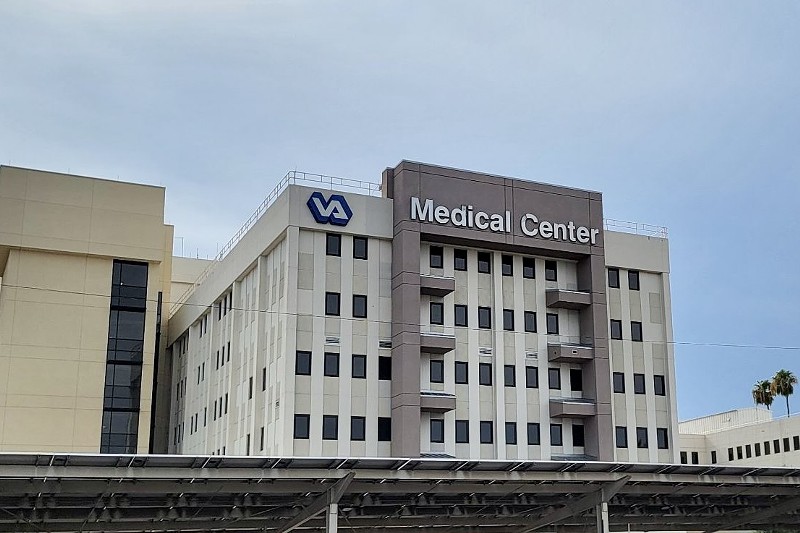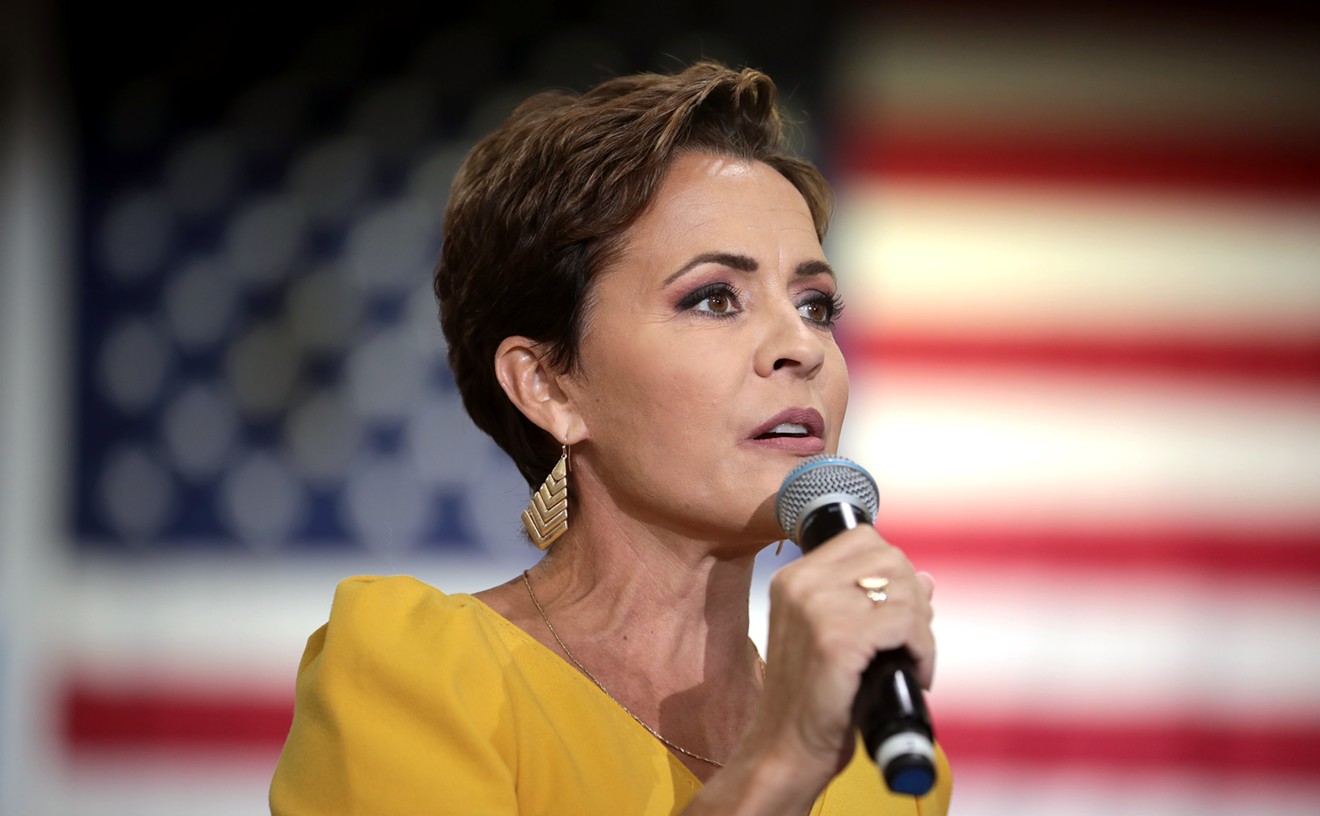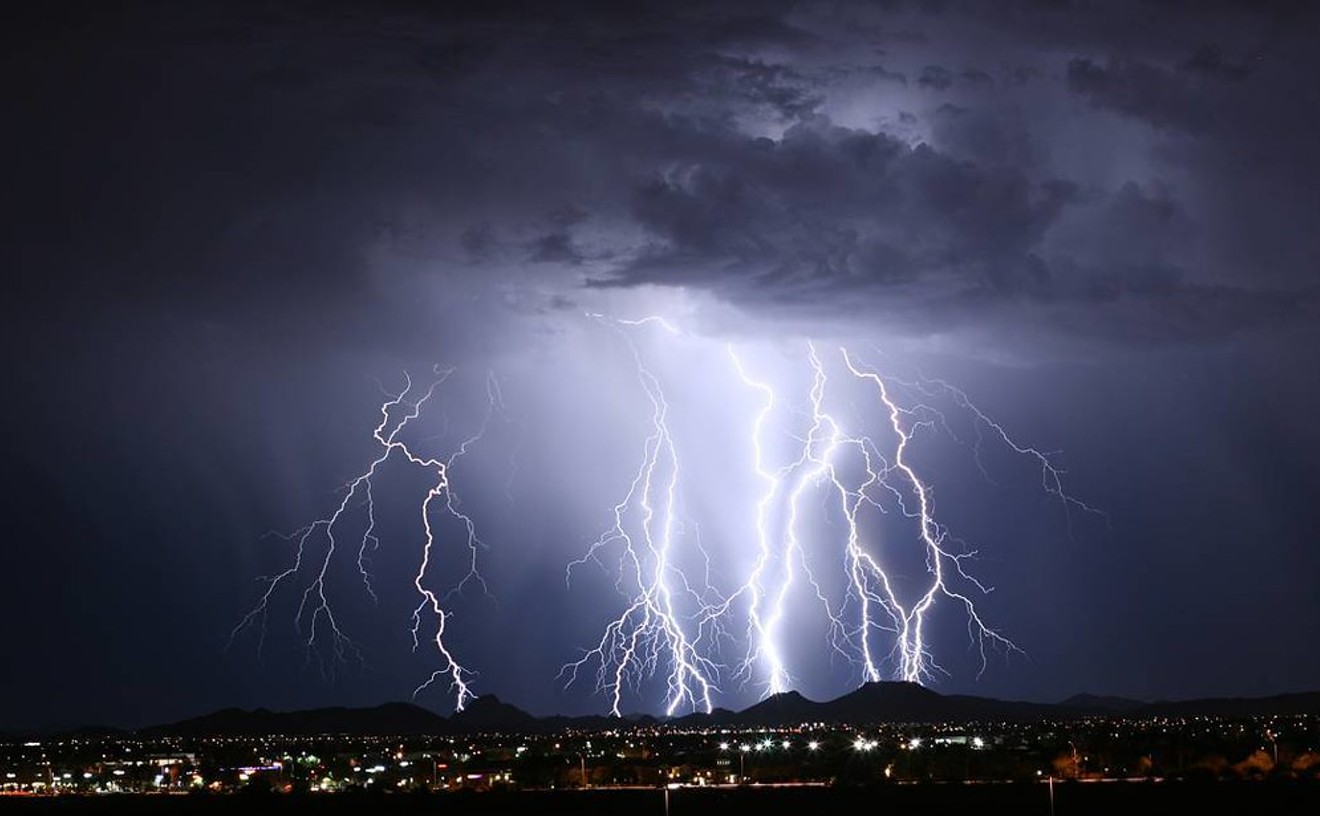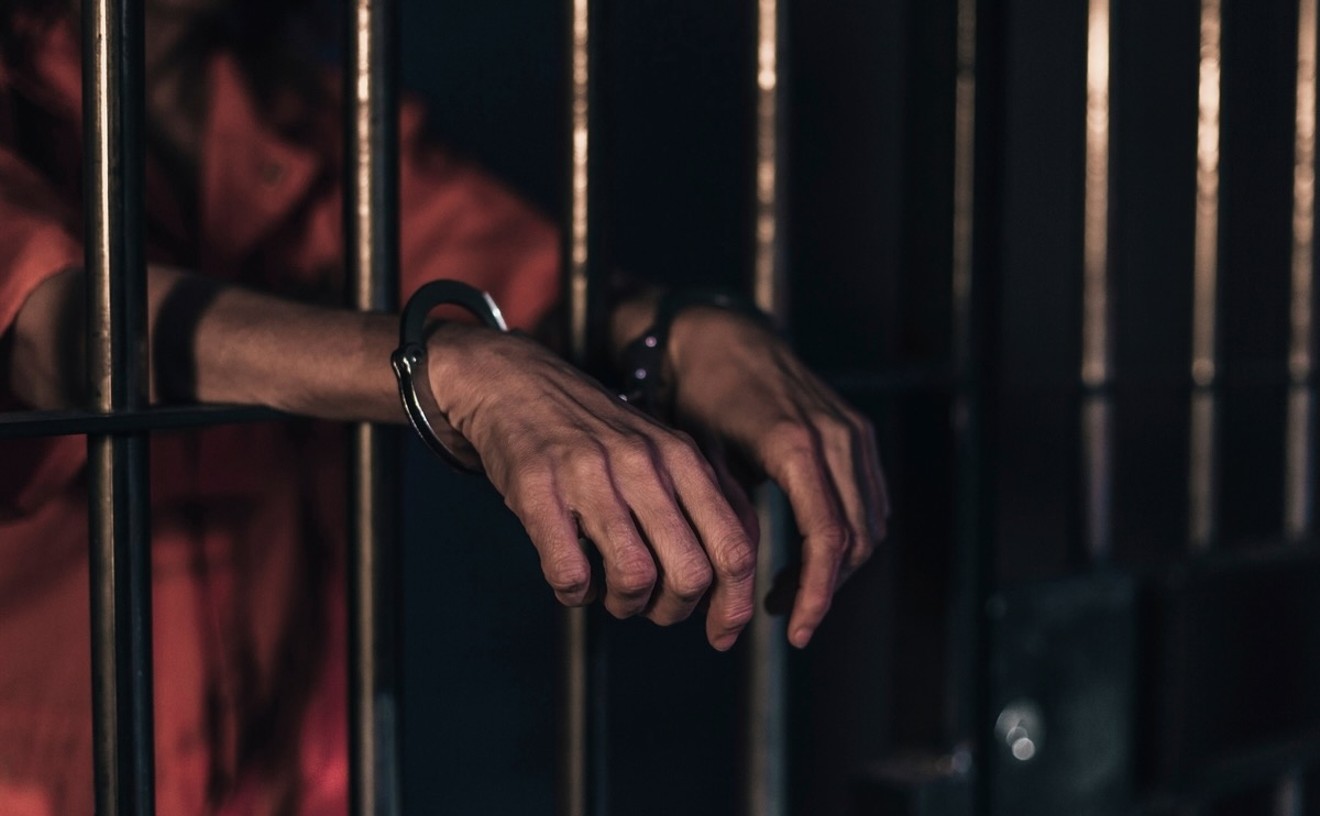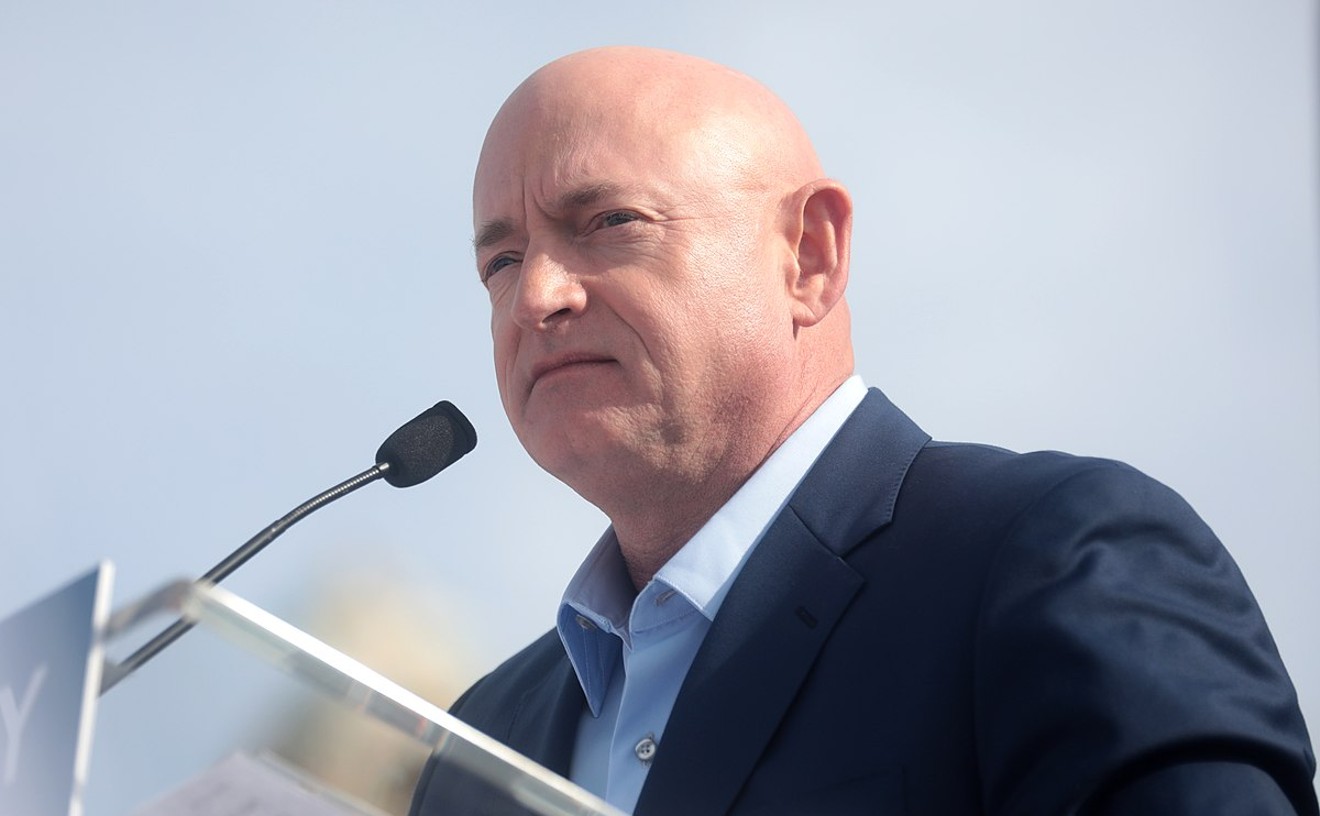The fire department transported the veteran to a different hospital, where they died two days later.
That's according to a report released July 24 by the Office of the Inspector General that found multiple failures related to the death. The OIG found that the hospital failed to take the veteran's vital signs at an appointment earlier in the day, failed to provide basic life support when the patient became unresponsive on the hospital's doorstep and then failed to conduct a proper investigation into the death.
The report stated that the veteran was in their 70s but provided no other identifying information, nor did it specify the date the event occurred. A spokesperson for the OIG said it "cannot provide the date due to patient privacy."
While the report revealed alarming lapses, it noted that the OIG was "unable to determine whether a change in care would have resulted in a different outcome for the patient."
However, in a statement released July 24, Marine veteran and U.S. Rep. Ruben Gallego criticized the hospital — which is in his district — for what he called "inexcusable failures that led to the death of a veteran." "As a veteran who has received care through the VA, it is disgraceful that more effort seems to have been put into covering for those responsible than saving a veteran’s life," the statement continued.
Gallego also sent a letter to the Under Secretary of Health who oversees the Veterans Health Administration, requesting a briefing and demanding answers to a list of questions. Phoenix New Times requested comment from the Phoenix VA Healthcare System, which includes the hospital, but has not received a response.
The Phoenix branch of the VA — and the VA in general — has been the subject of consistent scrutiny and scandal in recent years.
In 2014, it was revealed that Phoenix VA administrators kept secret waitlists to avoid disclosing to the federal government that many veterans had to wait months — an average of 115 days to see a primary care provider — before receiving care. Reporting the actual wait times would have imperiled financial bonuses VA hospitals receive for keeping wait times short. CNN reported that at least 40 veterans died while on the waitlist.
A decade later, ABC 15 reported, many Arizona veterans are still waiting more than 20 days for medical care.
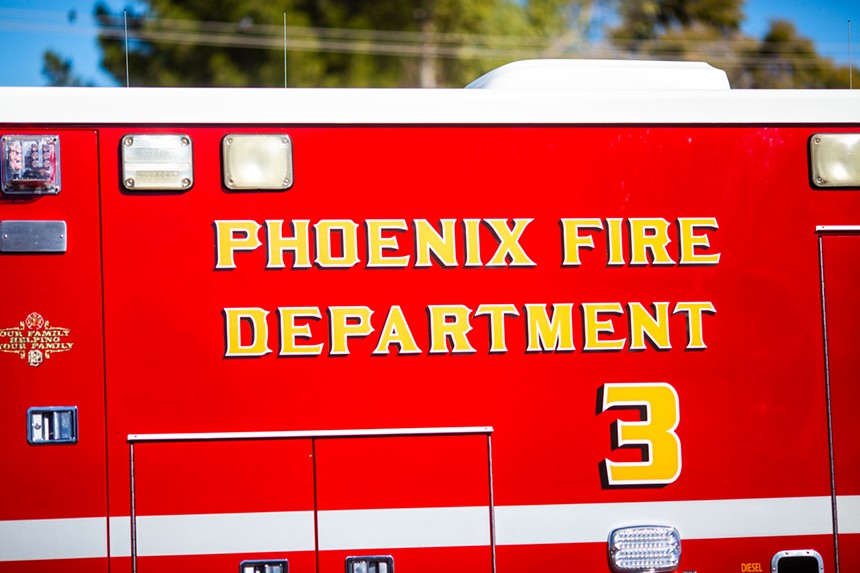
The Phoenix VA called 911 instead of its own rapid response team when a veteran suffered a heart attack outside its doors, and it took the Phoenix Fire Department 11 minutes to arrive.
Thomas Hawk/Flickr/CC BY-NC 2.0
On that fateful spring day, the veteran arrived at the hospital's Ambulatory Care Clinic for a urology appointment. The appointment was routine, and afterward a family member picked up the veteran for a ride home.
While still on hospital grounds, the OIG report said, the veteran became unresponsive, prompting the family member to turn around and park directly in front of the clinic's entrance. The family rushed inside, asking a hospitality employee at the information desk for help.
That employee called the hospital's rapid response team. According to the OIG report, the rapid response team operator replied, "We don't do that," and instructed the employee to call 911 and the VA police. A 911 call was placed, but it took 11 minutes for Phoenix Fire Department personnel to respond and provide emergency care. During that time, the unresponsive patient was not breathing.
"For every minute a normal heartbeat is not restored during a cardiac arrest," the OIG report noted, "the chance of survival decreases by 7 to 10 percent."
The OIG report chronicled multiple failures before, during and after the veteran's cardiac event.
The veteran had a history of cardiac issues while under the VA's care, yet no one checked their vital signs during the urology appointment earlier in the day. "Not assessing vital signs at the appointment may have contributed to a
missed opportunity for early identification of the patient’s clinical decline," the OIG report said.
In the days and weeks afterward, the report added, the hospital repeatedly failed to conduct a proper investigation of the death. "Facility leaders were informed of the patient’s medical emergency on two occasions within 10 days of the event," the report said, "but took no further actions." It took two months for the hospital to file a report in the VA's Joint Patient Safety Reporting System, and even then, the investigators assigned to the case by the hospital lacked medical expertise.
But the most egregious failures occurred during the 11 minutes the veteran sat dying in a car outside the hospital entrance.

An excerpt of a timeline included in the Office of the Inspector General report shows how close to the clinic entrance the veteran was when the hospital declined to send its own rapid response team to treat him.
Office of the Inspector General
In surveillance video photos included in the OIG report, the car belonging to the veteran's family member can be seen parked directly in front of the entrance to the Ambulatory Care Clinic, visible from the information desk through the clinic's ceiling-high glass windows. According to the hospital's policies, however, it was about as close as it could be without being close enough.
According to the OIG report, the hospital's policy was that its rapid response team respond to medical emergencies inside any of the facility's buildings. If emergencies happen outside but still on facility grounds — like in the parking lot or the parking garage — employees are instructed to call 911 and the VA police.
The hospitality employee who initially called for the rapid response team knew that policy, the OIG report said, but requested one anyway. "I was just trying to get someone there fastest," the employee told OIG investigators. The employee added, “I understand it's outside, but it’s really three feet from the front door.”
The report added that the hospital's chief of medicine service and specialty care, the chief of the emergency department and the chair of the cardiopulmonary resuscitation committee all "expressed concerns to the OIG that the lack of timely (basic life support) may have contributed to the patient’s death."
“That is right in front of our Ambulatory Care Clinic," one of the three hospital leaders told investigators, though the report doesn't specify which. "I think that’s within our rapid response team to react."
The report stated that the OIG "is concerned that facility policy does not align with VHA requirements to 'optimize patient safety for those requiring resuscitation' and ensure 'emergency response capability to manage cardiac arrests on VHA property.'"
Additionally, the report noted that there were no automated external defibrillators in the lobby of the clinic, nor had non-medical hospital employees been offered CPR training as required by VA policy. As a result, no one was able to perform life-saving treatment until the fire department responded.
In the interim, however, there was one extra indignity. According to the report, while the unconscious veteran and the family member waited for emergency personnel, a hospital volunteer asked the family member to move their car "three different times."
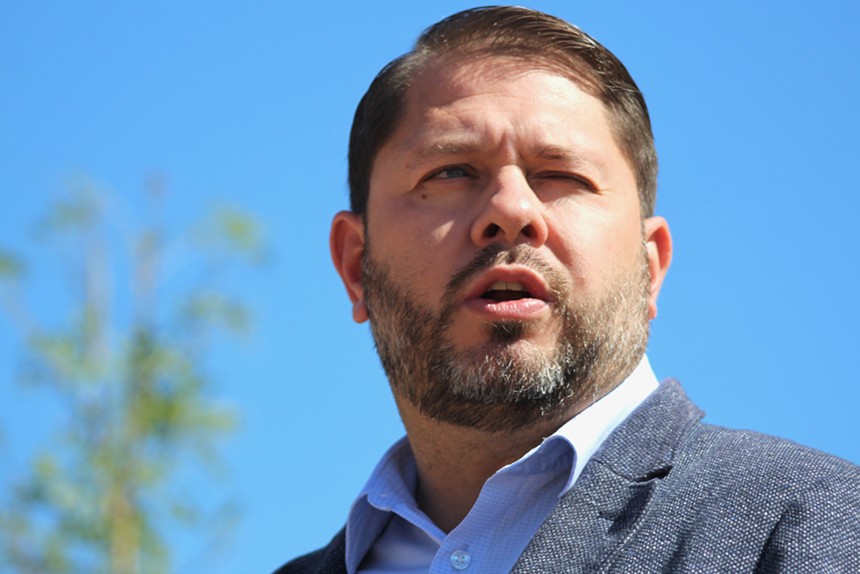
Carl T. Hayden Veterans Administration Medical Center is located within the district of U.S. Rep. Ruben Gallego, who criticized the hospital after the OIG report was published.
Elias Weiss
In its report, the OIG made 10 recommendations to the hospital. They included altering the policy governing when a rapid response team is called, offering CPR training to nonmedical personnel, adding additional defibrillators and assessing staff training regarding the use of the Joint Patient Safety Reporting System. Bryan C. Matthews, the facility's Medical Center Director, concurred with all 10 recommendations.
"I would like to thank the OIG for their thorough review of this case and recommendations on process improvements," Matthews wrote in an email included in the OIG report. "Phoenix VA Health Care System appreciates the opportunity to partner with the OIG on our high reliability journey. We remain steadfast in our commitment to zero harm."
The saga may not be over, however. In his letter to the Under Secretary of Health, Gallego demanded answers to 10 questions about the failures identified in the report. He also requested a meeting with local VA leadership and regular briefings on how the hospital is implementing the OIG's recommendations.
"It is our duty to care for our veterans," Gallego wrote, "and they deserve far better than what today’s report indicates."

